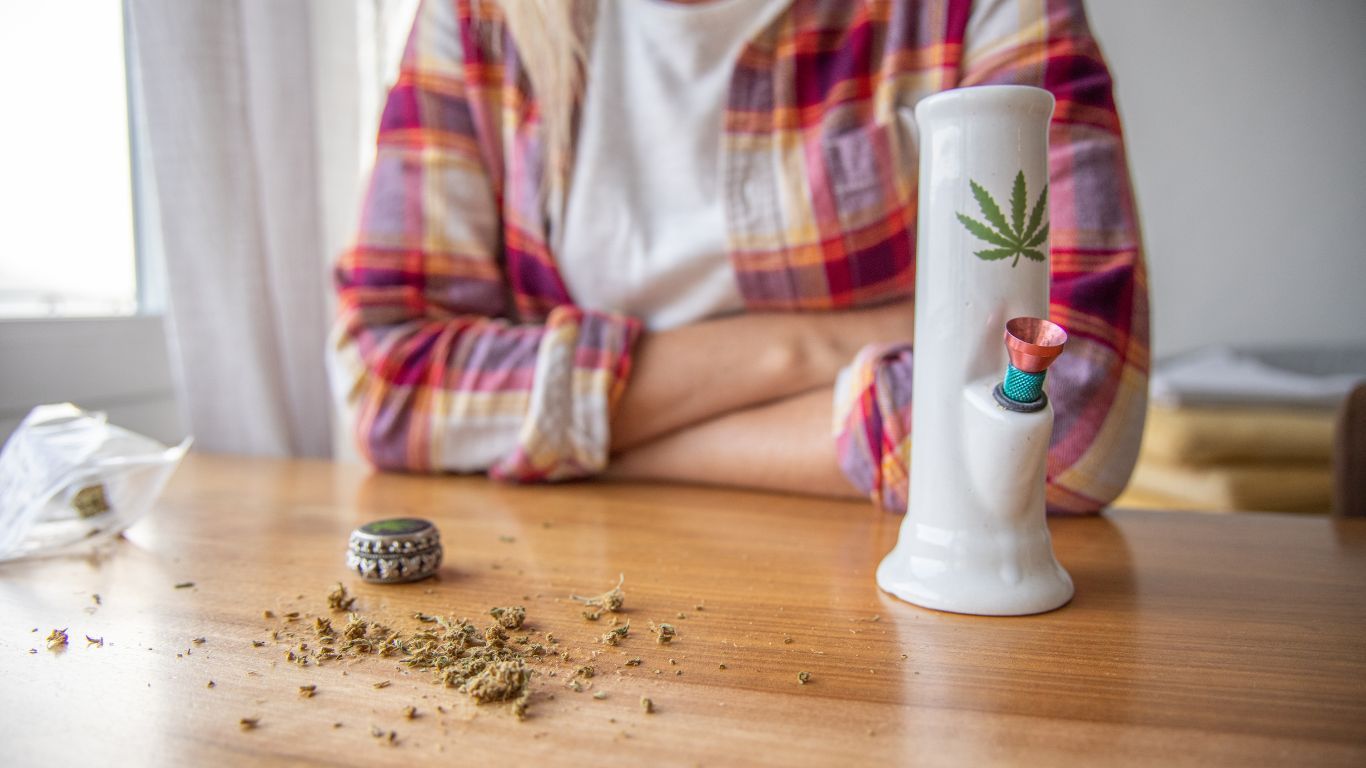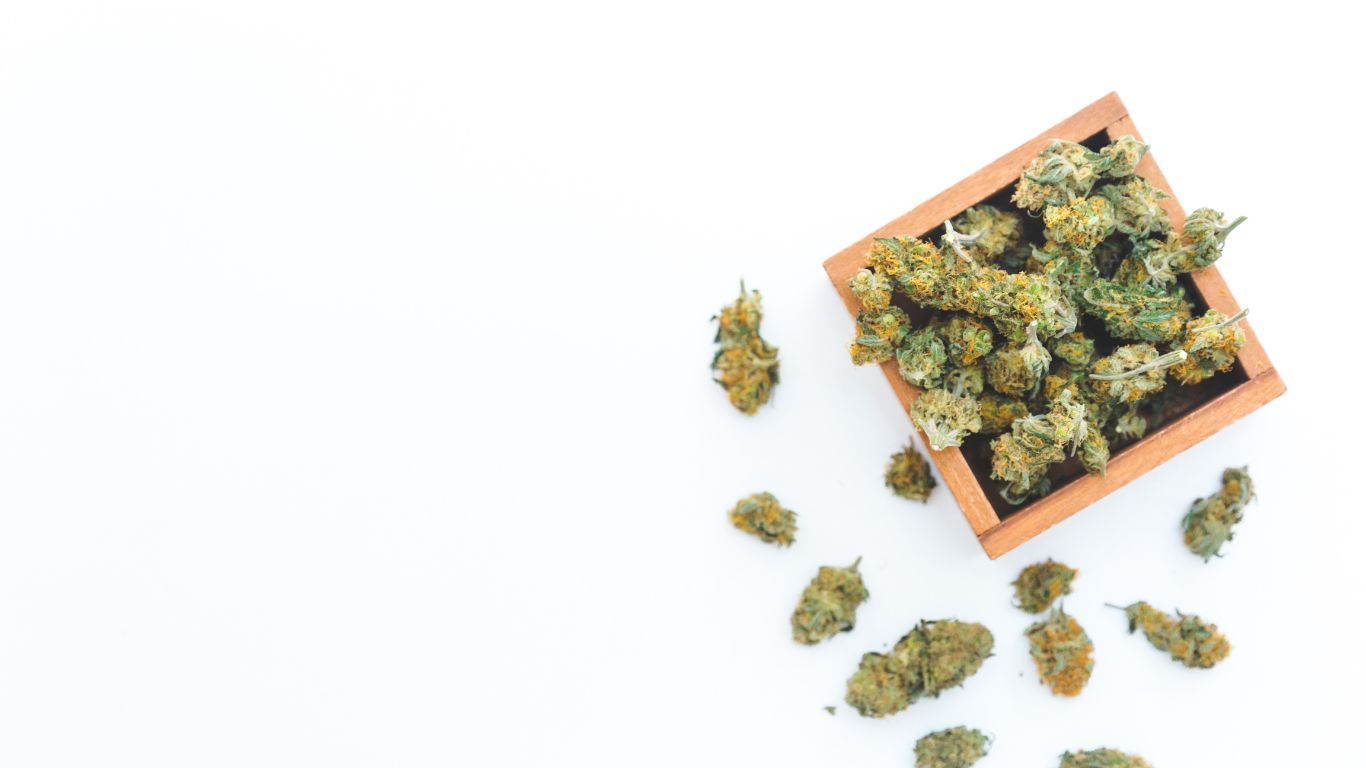
Despite fears that legalizing cannabis would lead to troubling increases in problematic cannabis use, a new study is once again showing these concerns were over-hyped.
Anyone who was around post-2015, from the #toasterbud affair to the hysteria following Canadian Senator Nicole Eaton’s revelation that five grams of cannabis is equivalent to four tokes, is well aware that a certain subset of Canadian politics has been staunchly afraid that the only possible outcome of recreational legalization could be widespread reefer madness and the full-blown undermining of any semblance of cultural and/or economic normalcy that had been retained from the post-war boom, when everything was perfect for 15 or so years, and only degenerate criminals partook in the Devil’s Lettuce. <gasp>
Despite this hyperbole, as with any movement of great effect, there were an array of reasonable concerns surrounding legalization from rational parties. And now that recreational legalization has been demonstrating its effect for some time in many jurisdictions, researchers have some solid data to work with in analyzing the validity of these concerns.
Earlier this month, a new study from researchers at the universities of Waterloo and Toronto examined one of these reasonable concerns: that of increased cannabis use disorder.
For the purposes of this study, the presence of use-disorder was determined using the “Diagnostic and Statistical Manual of Mental Disorders criteria for cannabis dependence and abuse [8], the Cannabis Use Disorder Identification Test-Revised [9] and the World Health Organization Alcohol, Smoking and Substance Involvement Screening Test (ASSIST) [10],” with researchers noting that “these scales typically assess a combination of frequent use as well as negative consequences on employment, social relationships and health.”
The study also notes that in terms of non-problematic use, the number of people who had used cannabis once in the last month, last three months, or last twelve months, did increase. But was this also indicative of an increase in problematic use?
The short answer is no.
The long answer is also no.
Researchers screened groups of people of varying ages for problematic cannabis use in 2018, 2019, and 2020. In 2018, 89.1 percent of subjects were rated as low risk for problematic risk, versus 88 percent in 2020.
Researchers concluded that “overall, in the initial period following legalization in Canada, levels of problematic use have changed very little at the population level.”
Adding to this conclusion, researchers noted that “modest differences in problematic use risk scores were observed based on various socioeconomic indicators as well as race/ethnicity,” indicating that “future research should continue to monitor the prevalence of problematic cannabis use indicators keeping these factors in mind to ensure that any potential drawbacks of legalization are not disproportionately impacting marginalized populations.”
In the past, other studies have arrived at similar conclusions. This study from October of last year concluded that while “cannabis legalization in Canada was associated with a greater perception of cannabis harm among young people,” it was “also easier access.” This indicates that harm reduction messaging is having the desired effect, while ease of access to a regulated supply is ensuring that those who choose to partake aren’t putting themselves at mortal risk by doing so.
Also, in 2021, The Journal of the American Medical Association published a survey of about 830,000 Americans that showed cannabis use did not increase in any significant way following legalization in any of the states that had chosen to do so at that point.
So while the widespread recreational legalization of cannabis has certainly increased access, availability, and safety, at present it does not seem that this has precipitated the kinds of doomsday scenarios that Conservative Senators Gladu and Eaton raised alarm bells over back in the early days, or even anything resembling them.



























